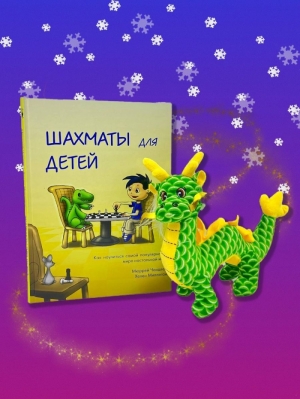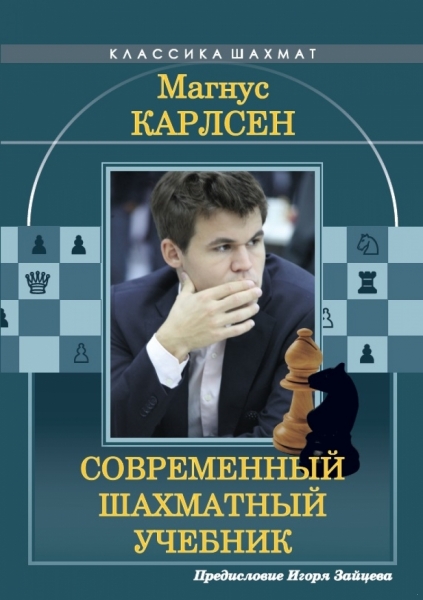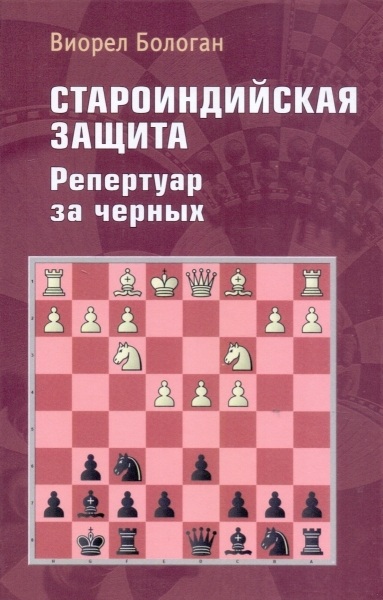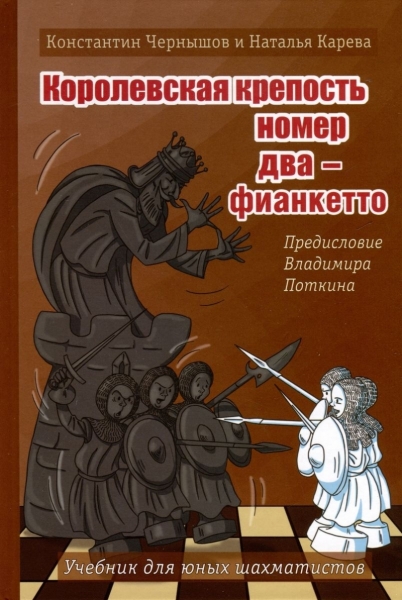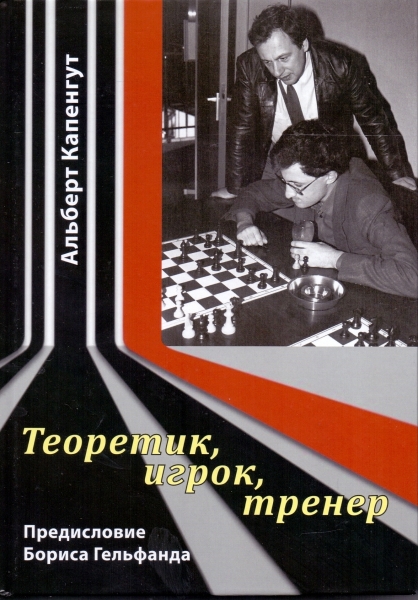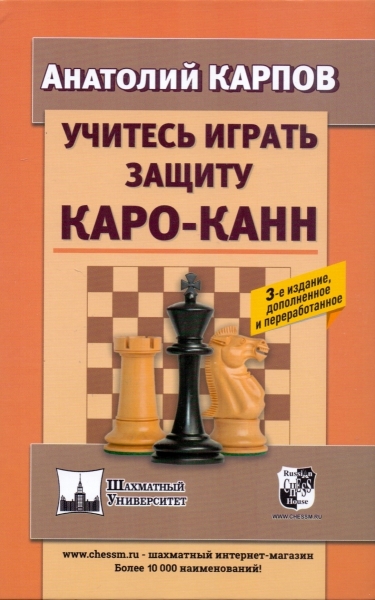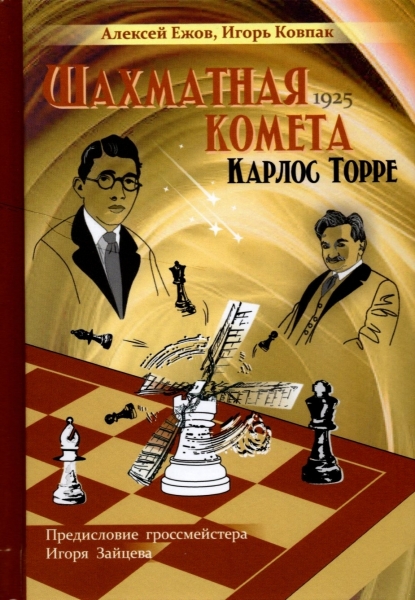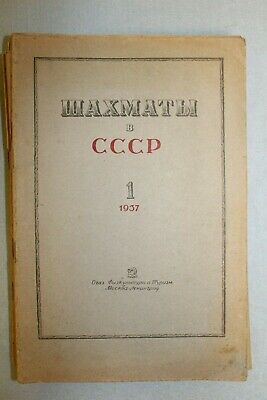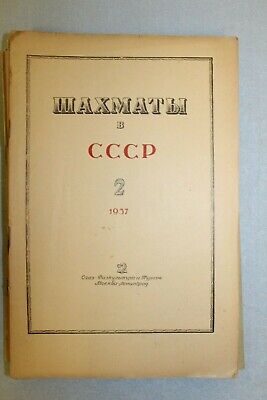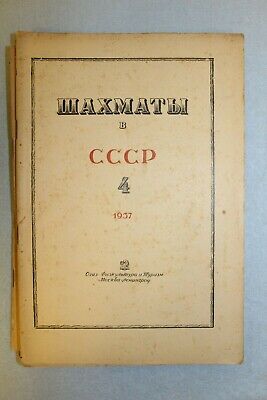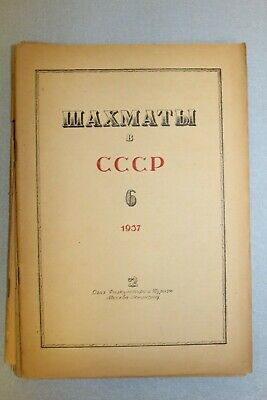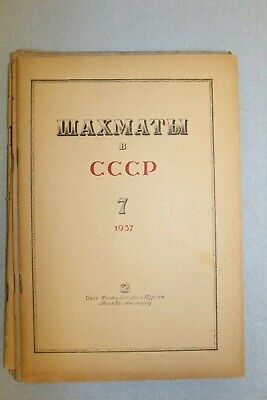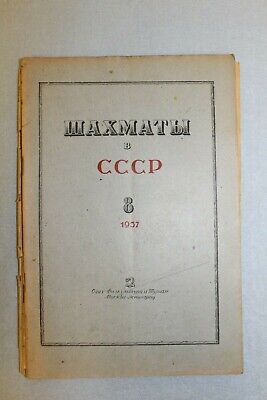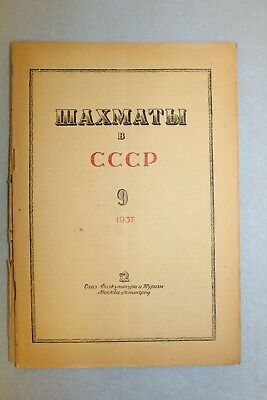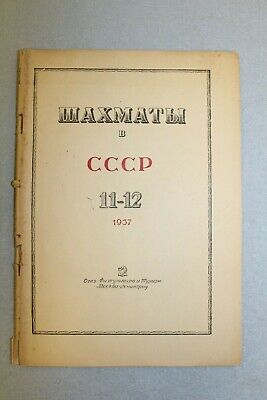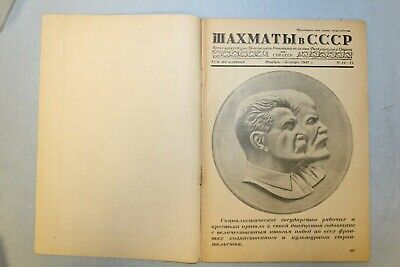Soviet Magazine: Annual Set of 12 Issues of “Chess in the USSR-1937”
Description:
Complete yearly set of issues of the Chess in the Published: OGIZ Phiskultura I Turism, Moscow-Leningrad, 1937 Language: Russian Chess in the USSR-Soviet chess monthly magazine, the printed body of the Chess Federation of the History 1921: began publication "The Sheet of the Chess Club Petrovskomu". The first issue on 20 April (and all subsequent) was a piece: on the front side was given two game of chess, two chess and chronicle of events was located on the reverse side. The circulation was 200 copies By the end of the year was released 34 of the sheet (print up to 500 copies), and then publication was suspended. August 1922: the publication was renamed "Chess sheet" and became a magazine, an organ of the 1931: from the 13th issue the magazine was named "Chess in the 1941-1945: during the war the magazine was not published. 1992: after the collapse of the 1995: renamed Chess in 1999: the journal was discontinued. Арт ек22
-
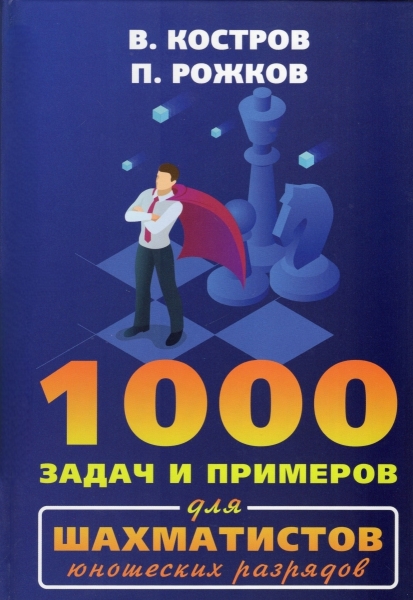 1000 tasks and examples for junior chess players
Author:
1000 tasks and examples for junior chess players
Author:
Kostrov 17.50 $ -
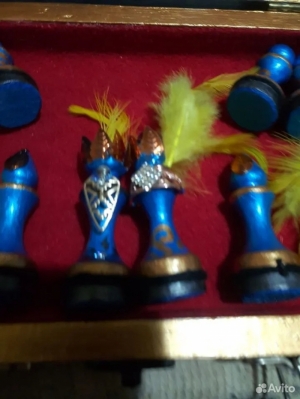 Handmade wooden chess
45.00 $
Handmade wooden chess
45.00 $
-
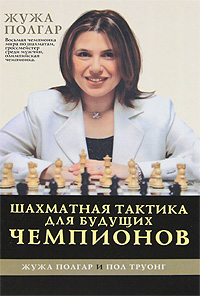 Chess tactics for future champions
Author:
Chess tactics for future champions
Author:
Polgar 37.50 $ -
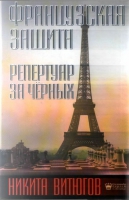 French defense. Repertoire for blacks.
Author:
French defense. Repertoire for blacks.
Author:
Vitiugov 50.00 $ -
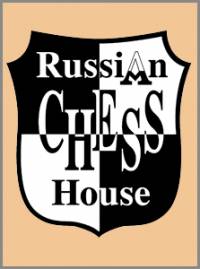 Chigorin International Chess Tournament
25.00 $
Chigorin International Chess Tournament
25.00 $
-
 Old Indian Protection. From the Averbakh system to the Petrosyan system
Author:
Old Indian Protection. From the Averbakh system to the Petrosyan system
Author:
Polugaevsky 25.00 $ -
 Author:
Author:
Fisher 15.00 $ -
 Wooden travel chess with a non-folding board
72.50 $
Wooden travel chess with a non-folding board
72.50 $
-
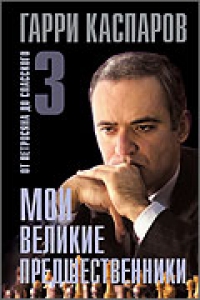 My Great Predecessors Vol. 3: From Petrosyan to Spassky (Also available with colorless traces of moisture for half price)
Author:
My Great Predecessors Vol. 3: From Petrosyan to Spassky (Also available with colorless traces of moisture for half price)
Author:
Kasparov 33.11 $ -
 Attack and defense strategy
Author:
Attack and defense strategy
Author:
Slavin 25.00 $
 Русский
Русский  Английский
Английский 